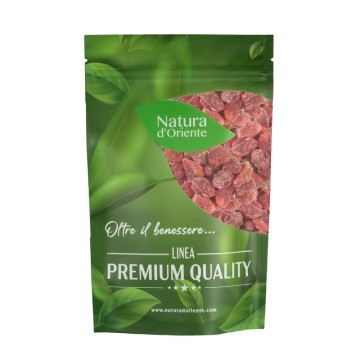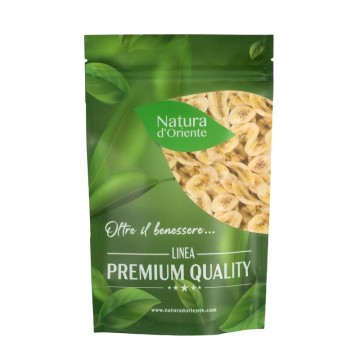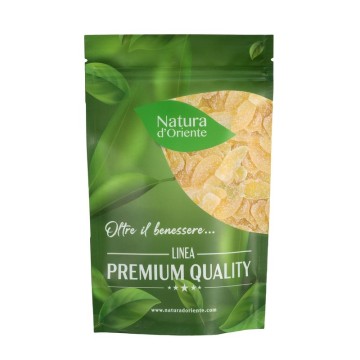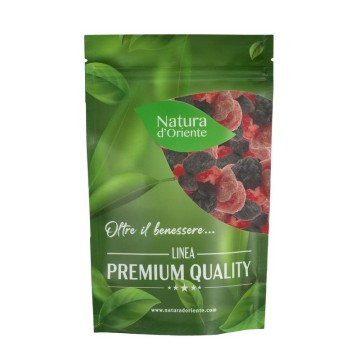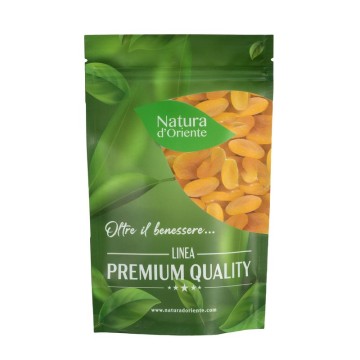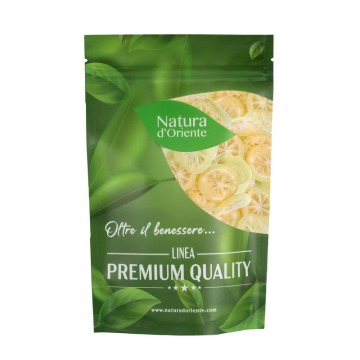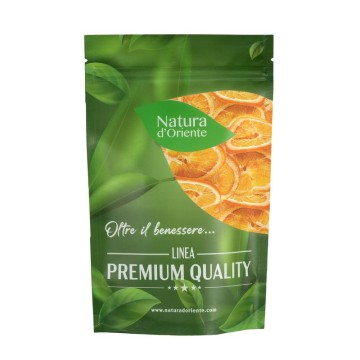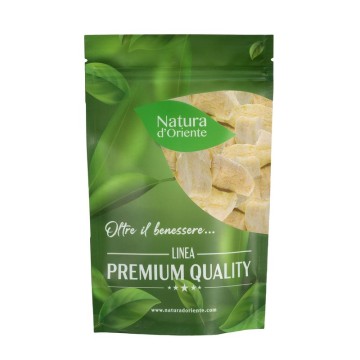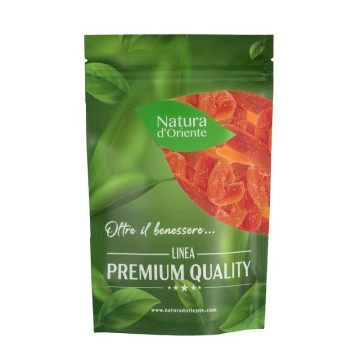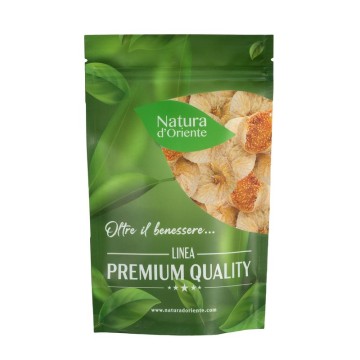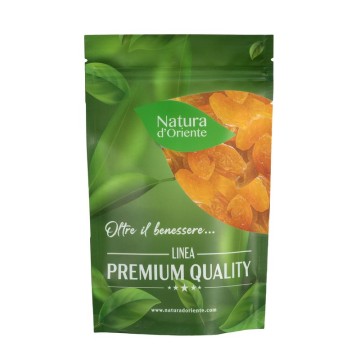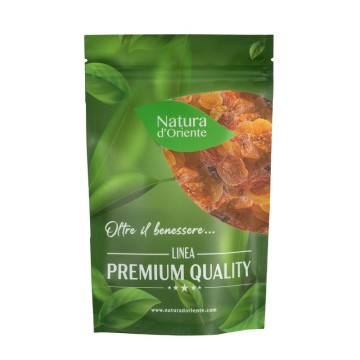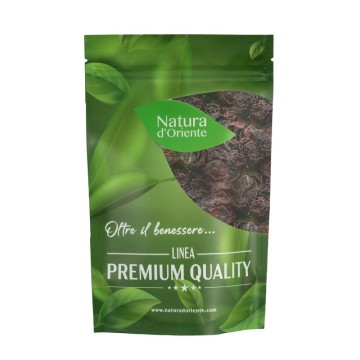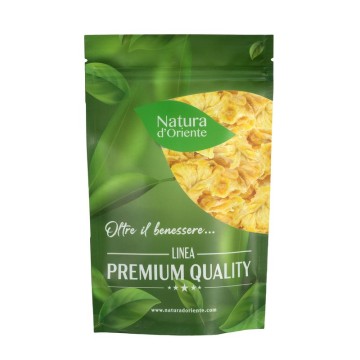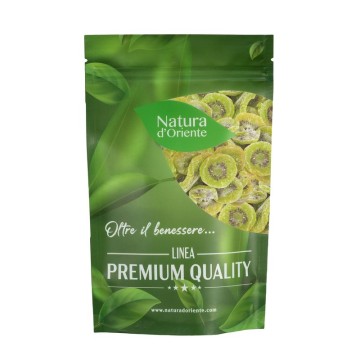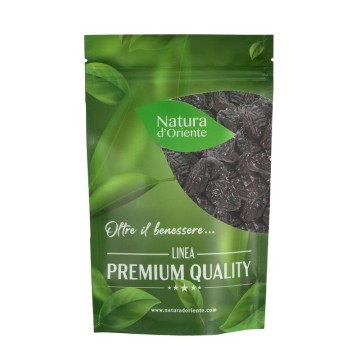Dehydrated pineapple
Even in the dried version, dehydrated pineapple is an excellent source of vitamins and minerals, as well as being a dry fruit rich in sugars for a boost of energy and greed.
Dehydrated pineapple: properties and benefits
Many of us have eaten pineapple to absorb the benefits that come within this fruit so distinctive in its form. Pineapple is, in fact, very popular for its taste but also for the benefits related to well-being.
Among the main characteristics of this dried fruit, there is the good amount of vitamin C, in an optimal concentration in the dehydrated pineapple compared to the natural one. The substance that is concentrated in dehydrated pineapple is above all the so-called bromelain , a set of protein enzymes that can help digest animal proteins, fight irritation of the gastrointestinal tract, and act as a powerful antioxidant. The combination of vitamins, minerals, antioxidants and enzymes therefore promotes proper digestion, relieves stomach acid, reduces inflammation due to digestion. In addition, pineapple bromelain is also indicated for counteracting water retention , for its ability to promote fluid drainage and support microcirculation.
Among the other nutrients of dried pineapple, there are fiber, while sodium is absent. A moderate consumption of dry pineapple, therefore, allows a regular functioning of the immune system and helps the well-being of the urinary tract. At the level of the immune system, the high availability of vitamin C, which the body needs, can have beneficial effects by stimulating the activity of antioxidants and white blood cells.
In addition, the vitamin C content of dehydrated pineapple is known to bring benefits to the skin, preventing aging and maintaining its radiance. This is because vitamin C stimulates the proper production of collagen, it is an important and main source of proteins in the body needed by blood vessel tissues, skin, bones and other organs. In addition, bromelain can improve the healing process for acne-prone skin. The antioxidant compounds of pineapple protect healthy cells from the destruction of free radicals, preventing premature aging. The benefits of dried pineapples are also beneficial for improving health thanks to the rich content of copper, a substance that is important in various enzymatic reactions and compounds in the body.
Origins and History of cultivation
The pineapple was born in tropical America, known since ancient times among the peoples who found it in a spontaneous state of growth. It was believed to be a symbol of hospitality and decoration, and in some tribal rituals it symbolizes strength and success. The Aztecs had given pineapple a meaning that could be translated as “she who is beautiful - even when it rains outside. When the conquistadors arrived, they immediately admired the beauty and goodness of the fruit, transporting it to Europe and then to the East Indies. Today, in fact, pineapple cultivation is widespread throughout the tropical area of the world.
Its name derives from the Brazilian nana, which the Portuguese transformed into ananaz, while the Spaniards called it piña, due to the similarity of the fruit to a pina, and from there the English name pine apple was born. It has also been grown in greenhouses for a long time in the coldest countries in Europe, albeit at high costs. To date, however, it is transported from countries with a tropical, temperate and warm climate, and among the major exporters are the Bahamas, the Antilles, the Hawaiian Islands, Florida, the Azores and Singapore. The varieties are now many, and we find it on the table above all as pineapple juice and as dehydrated pineapple in all seasons.
Plant and Fruit
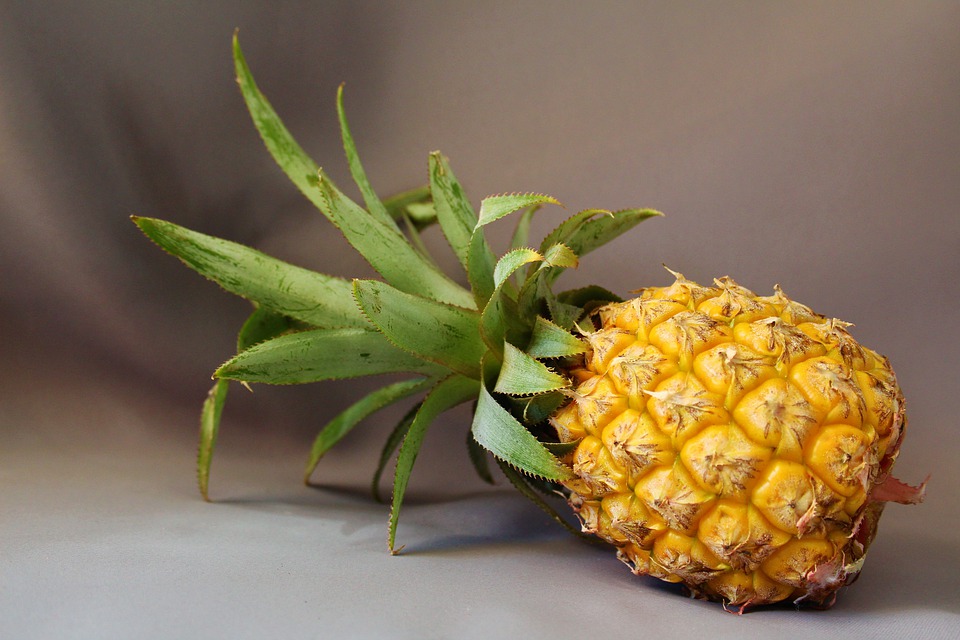
Pineapple comosus is a very popular plant in tropical countries such as Thailand, Malaysia, Indonesia or Australia. Pineapple plants are part of the Bromeliad family. As a fruit plant, it is not very tall, and must have a rich, well-drained soil with an acid pH; it must enjoy full sun exposure and will thus be able to grow, flower and bear fruit.
The flowers are purple, pink or red, while the fruits are well known for their shape that resembles a pine cone. Pineapple fruits grow slowly, both in the wild and indoors, and can sometimes take up to 24 months to reach full maturity. The pineapple is actually made up of many flowers and berries of the plant, which come together to form a single fruit that we know well. As the fruit ripens, a new pr
opaggine emerges from the top, while others emerge from below. Each of these offshoots can be divided, to produce a new pineapple. Pineapples are not difficult to grow, and they grow fast, but the plant will take a long time to produce ripe fruit; although this time varies according to climatic conditions.
Nutritional values of dehydrated pineapple
The data regarding the nutritional properties of dehydrated pineapple are interesting. In particular, as we have seen, for the amount of vitamin C we need every day (about 50%). This fruit is rich in vitamin C (about 36 mg / 100 g) and vitamin A (about 8 mcg / 100 g). In the dried version it contains about 370 Kcal per 100 grams, and is rich in sugars for an energy snack. It does not contain fat (0%), but fiber (about 5 g / 100g). It also makes available minerals such as potassium (around 500mg / 100g), calcium (around 60mg / 100g), iron and manganese - a mineral that helps develop strong bones and connective tissues.
How to consume dehydrated pineapple in the kitchen or as a snack
The fruit tastes somewhere between sweet and sour, always refreshing, and can easily be made into the dried version, useful in a variety of delicious foods and drinks. As a snack, it is an effective way to get energy right away, low in fat. Like many dried fruit, dehydrated pineapple can be used in energy bar preparations.
The dehydrated pineapple slices transformed into a dried fruit snack can also be used in the kitchen for the preparation of other dishes, as well as as a hunger breaker. Dried pineapple can be added to yogurt, tea, vegetable drinks; as a top decoration for ice cream, cake, cupcake or muffin. In addition, you can also add a few slices of pineapple to a mix of cereals and dried fruit.
Dried pineapple can also be used as a delicious side dish in some recipes, due to its sour taste. You can also add dried pineapple to smoothies or cocktails, to make them pleasant and original.
Dried pineapple: side effects and contraindications
There are no particular contraindications to taking pineapple in the right doses, but we know that natural sugars are very high. For this reason, dried pineapple can raise blood sugar levels in our body, and is not recommended beyond certain small amounts, for those with diabetes. Even during pregnancy, it is not recommended to consume large quantities of this fruit during pregnancy, due to the concentration of sugars. In large doses dried pineapple could cause a laxative action or nausea.

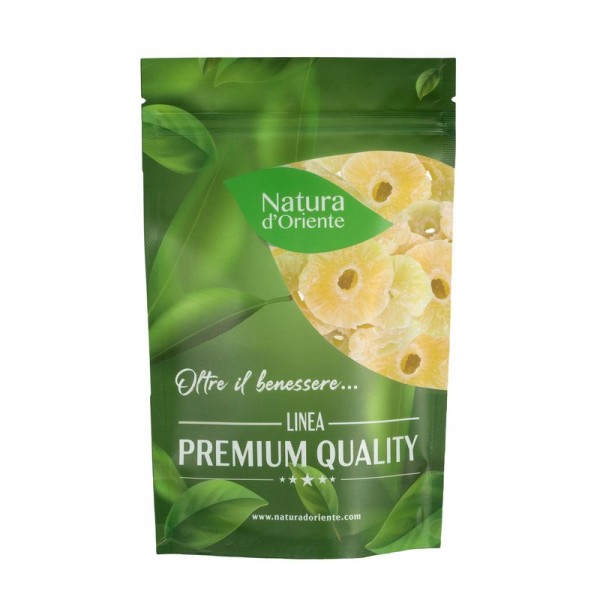









 No reward points for this product.
No reward points for this product.

